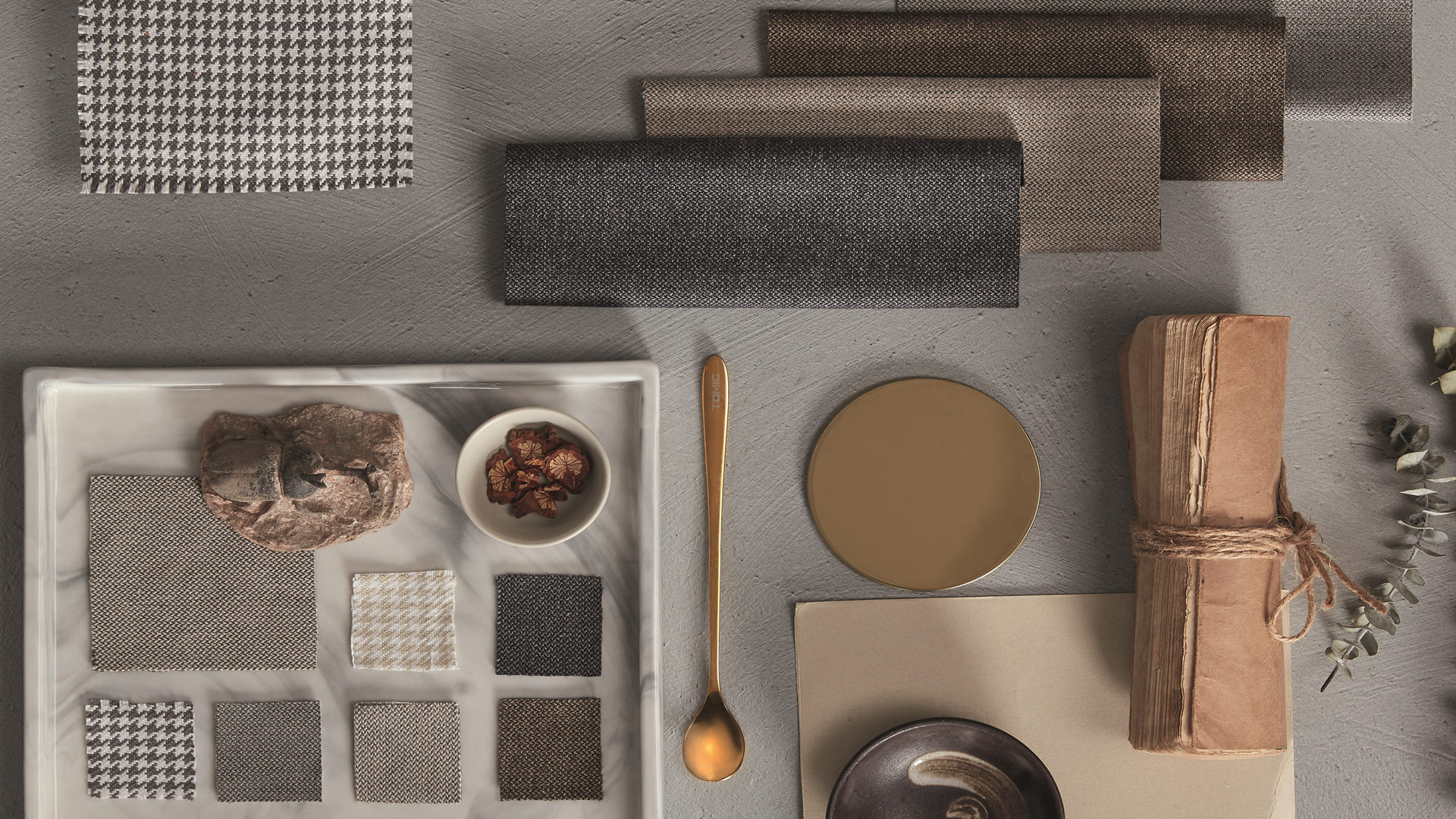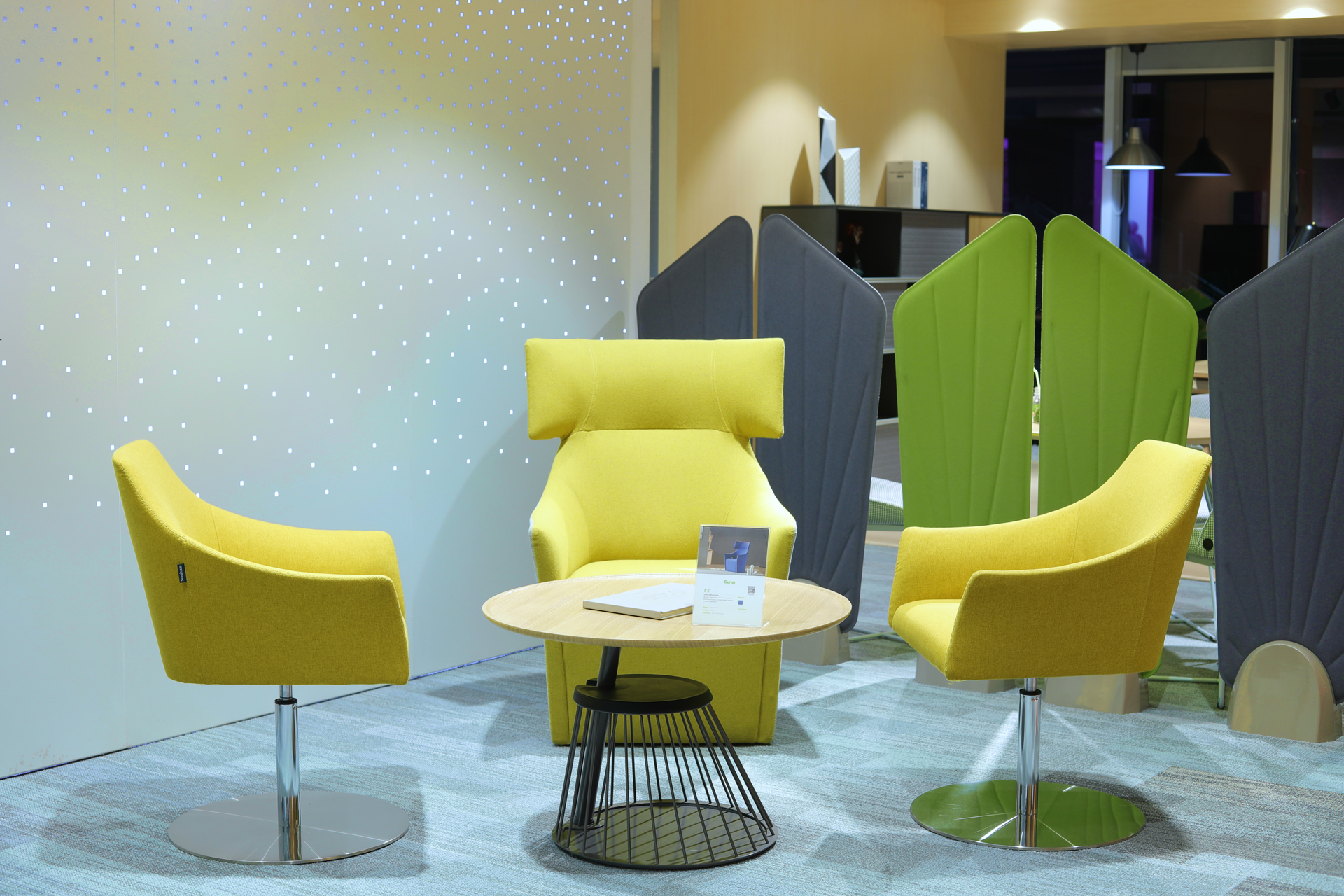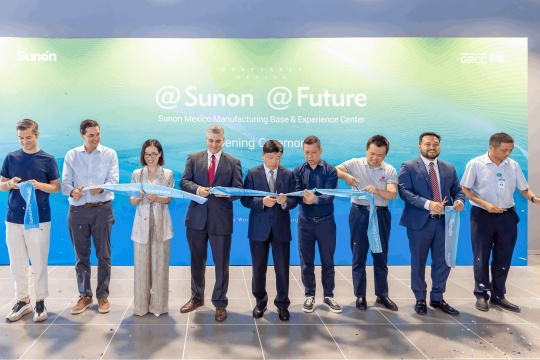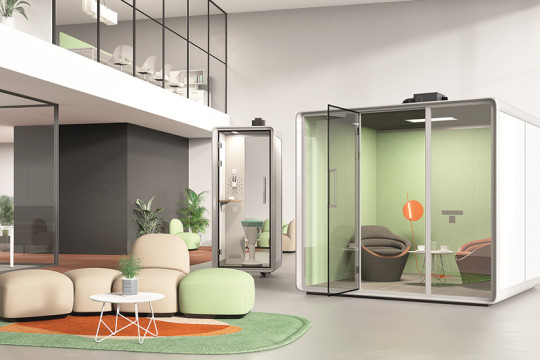Your Handy Guide for Office Furniture Fabric Selection
God is in the details. The upholstery, or the textiles utilised for the pieces, is one specific area of furniture choice that necessitates your uttermost attention. Based on the demands of the user or owner and the intended usage of the area, fabrics can establish the proper atmosphere and tone of the workplace. You can be guaranteed to get the intended result with the proper textures, colours, and patterns.
Some of the most crucial components utilised in the design and planning of business space are fabrics. We've put together a useful guide on things to consider when choosing the fabric or textile for your office furniture as inspiration.

Factors to Consider while Choosing Fabrics for Your Furniture
Fabric is selected for office spaces because it has a nice appearance, is comfortable at different temperatures, is easy to maintain, and comes in a variety of options. To ensure that everything fits precisely, factors including materials, colours, and patterns must be taken into account. Consider the space's overall mood as well as the durability of the material.
Exposure to Sunlight
All textiles fade over time. You should consider how long the fabric will be exposed to direct sunlight because this will cause it to fade more quickly. Keeping this in mind, you have the option of shifting the furniture away from windows or selecting a material that conceals fading. The best option for areas that receive direct sunlight is to select materials with the highest level of colour fastness. Color fastness indications won't matter as much in enclosed, darker spaces.
Cleaning and Maintenance
Both water-based cleansers and dry cleaning products may be used to clean a variety of fabrics. You must have fabric with innate properties that don't demand frequent, intensive cleaning. Some upholstery textiles include stain-resist treatments, which extends their lifespans and help maintain their appearance better. Numerous post-processing methods are available that offer water resistance, antibacterial qualities, and protection against the development of mould, mildew, and odors. Some specialized upholstery may require specialized cleaning processes.

Durability
How frequently furniture is used determines how long any upholstery will last. The wear and tear of continual movement and change must be able to survive your furniture and other textile characteristics. It is vital to select dense, wear-resistant fabrics for office furniture since it requires a high degree of operation and a careless attitude. It's also a good idea to use tightly woven materials and fabric combinations.
The Martindale test or rub test is used on the majority of upholstery or furniture fabrics. The Martindale test's outcome is a reliable guide to how much abuse a fabric can withstand before looking and feeling noticeably different. A fibre is categorized as HD, or heavy-duty if it can withstand more than 15,000 double rubs. It is a fantastic option for high traffic because it is thicker than other materials.
Mood and Aesthetics
Your office's atmosphere and overall appearance will be greatly influenced by the colours and patterns you pick for your materials. Pick textiles in timeless colors that look fantastic and will stand the test of time. Warm hues will help to establish a soothing impression, while bright colours will create a joyful and amiable mood. Fabric with patterns conceals stains well and withstands use better than plain materials. However, you should check that the patterns are welcoming to your clients or consumers. Make sure the designs you select complement the overall concept, aesthetics, and style of your office.

Brand Style
Fabrics may be used to promote brand awareness. Include the primary and secondary colors of your brand in the fabrics you choose for your furnishings. By doing this, you build a connection between the physical environment and the brand's identity and communicate the pertinent ideas and messages about the values and reputation of your business. It is a straightforward yet powerful tactic for increasing brand recognition among your customers and visitors.


